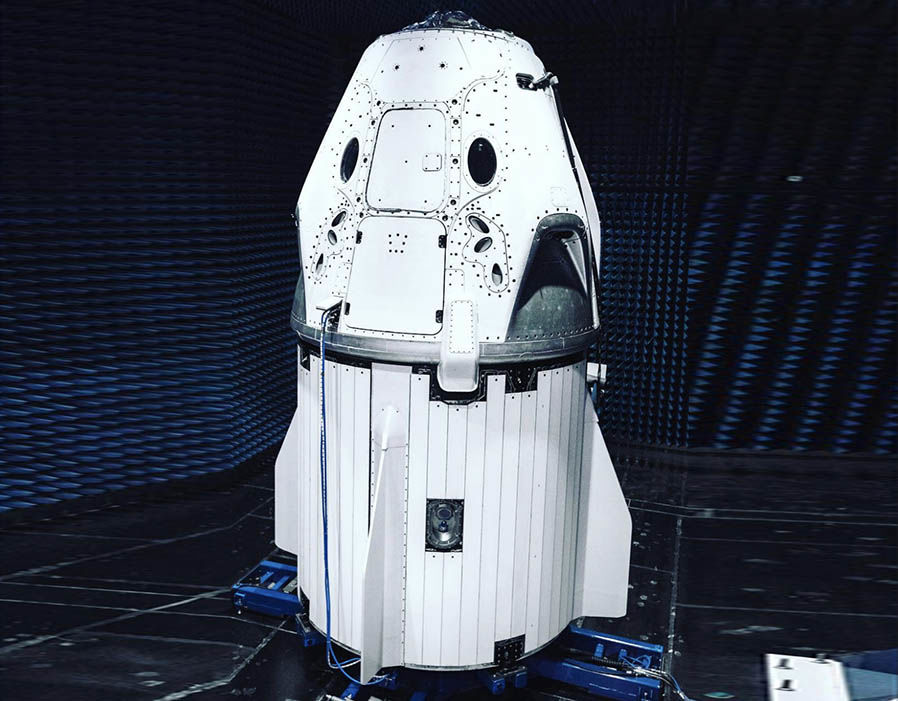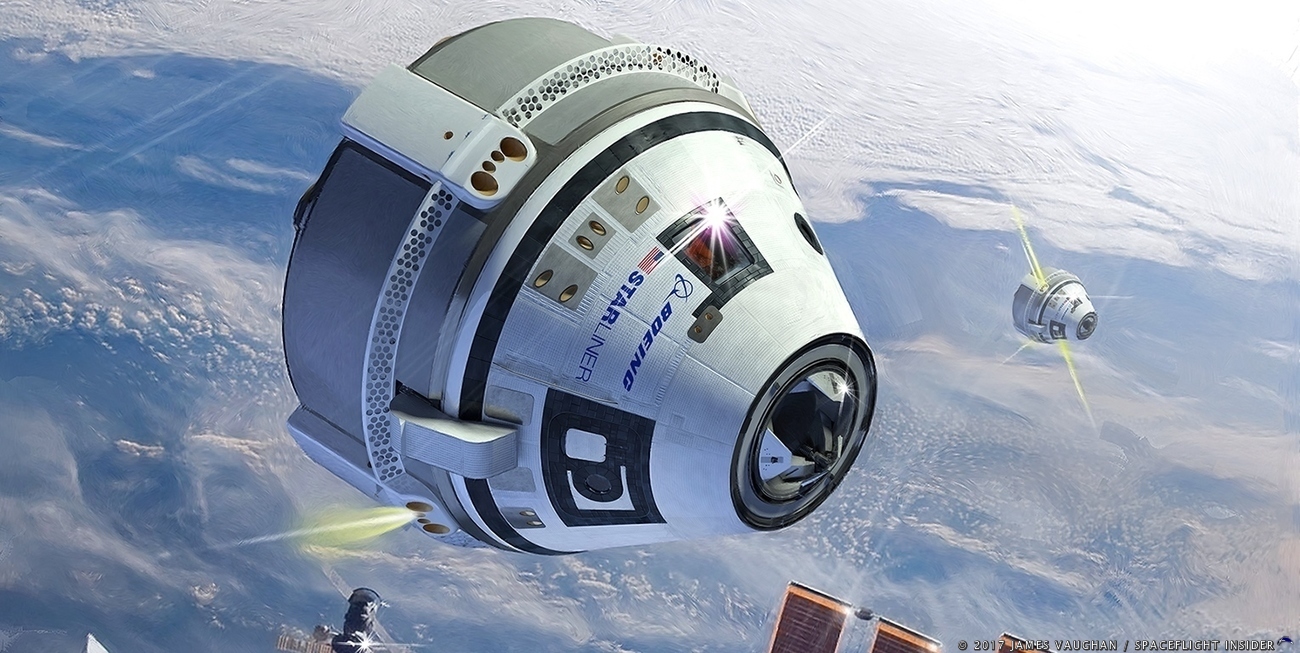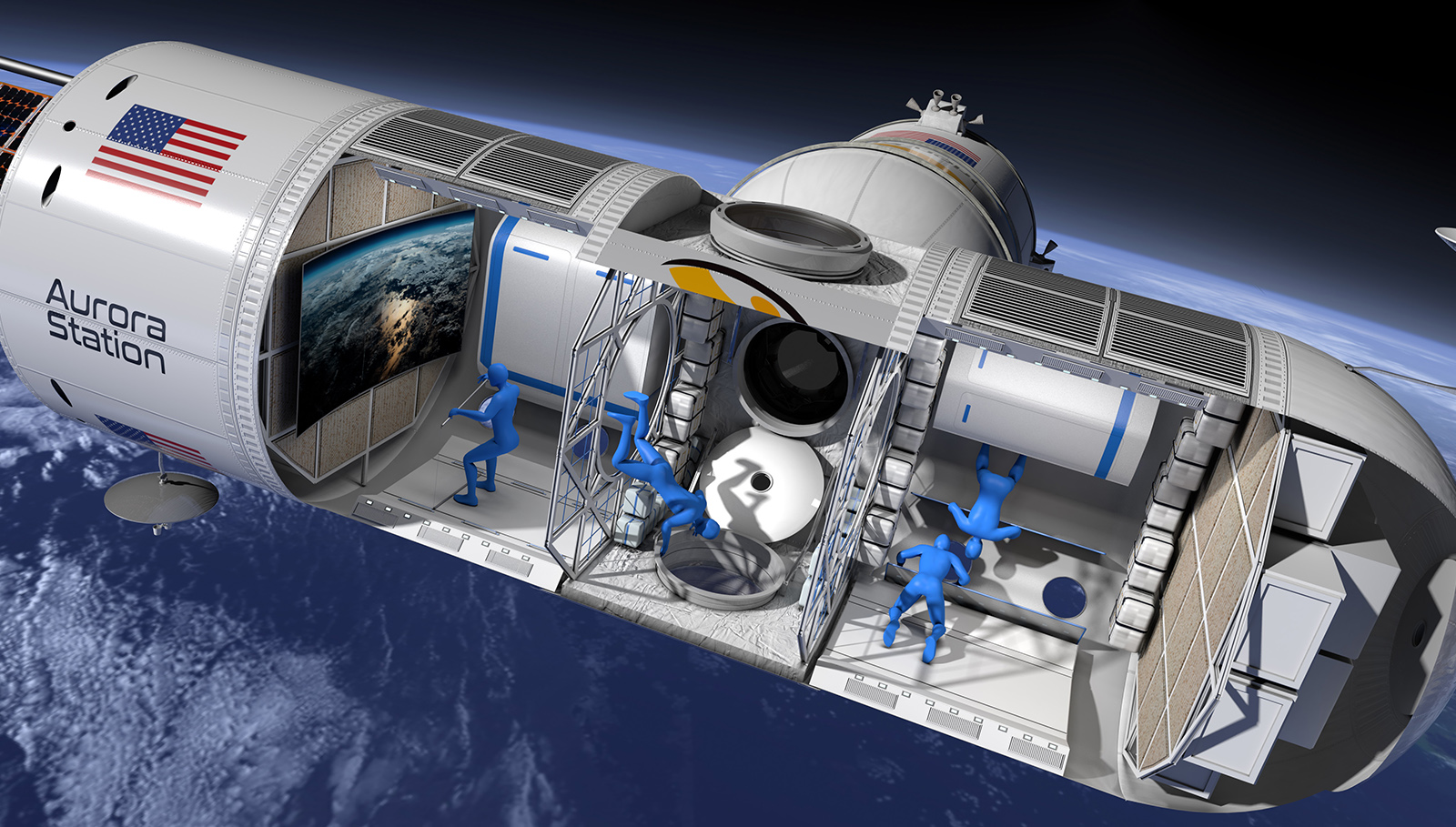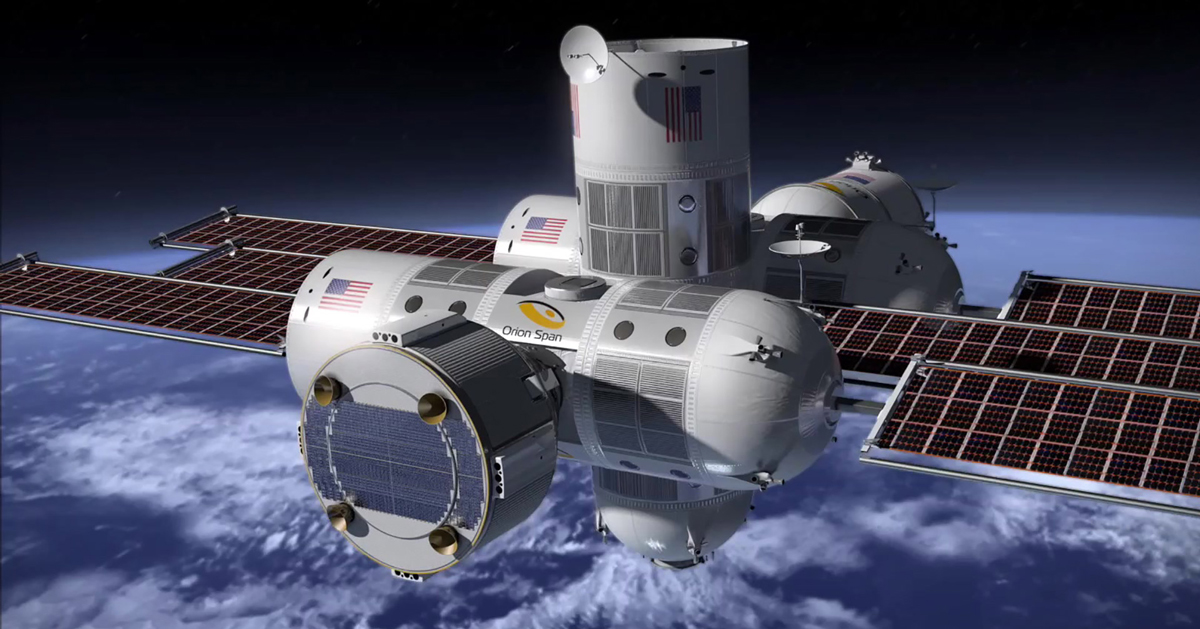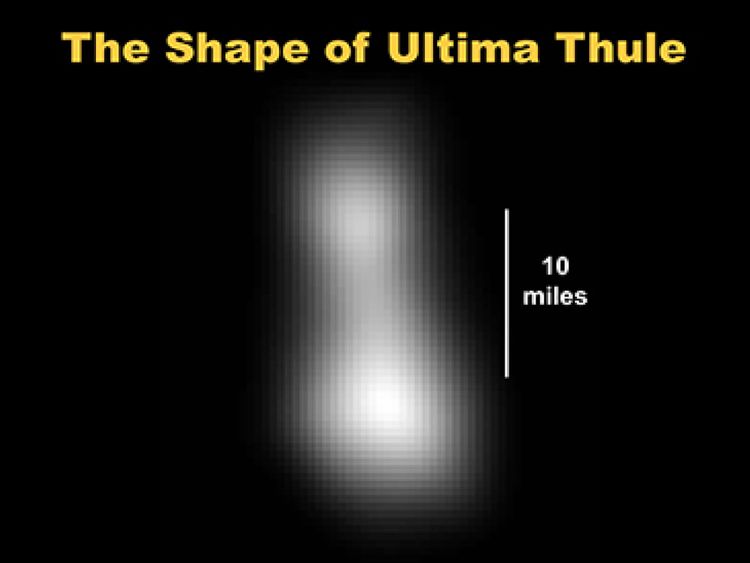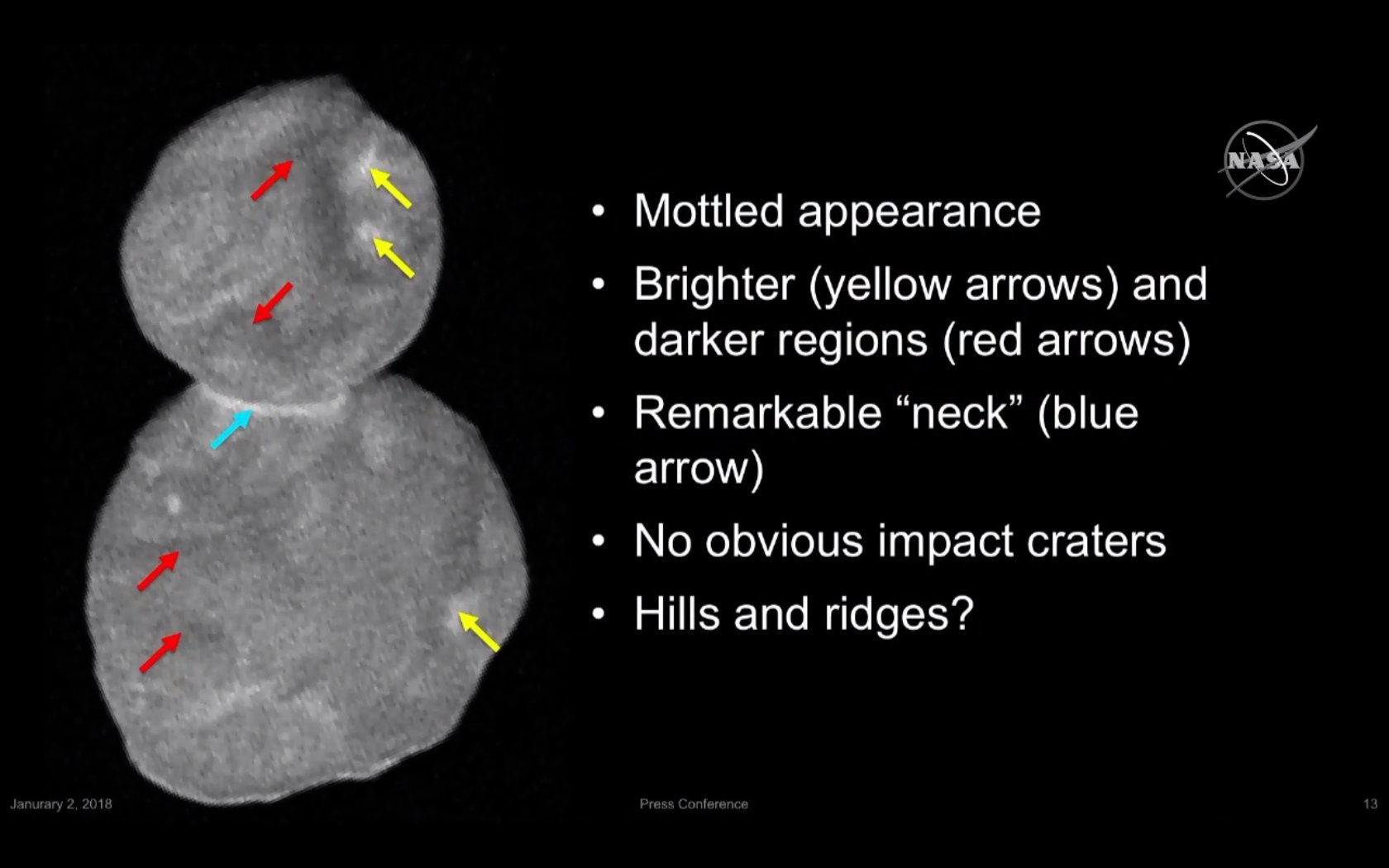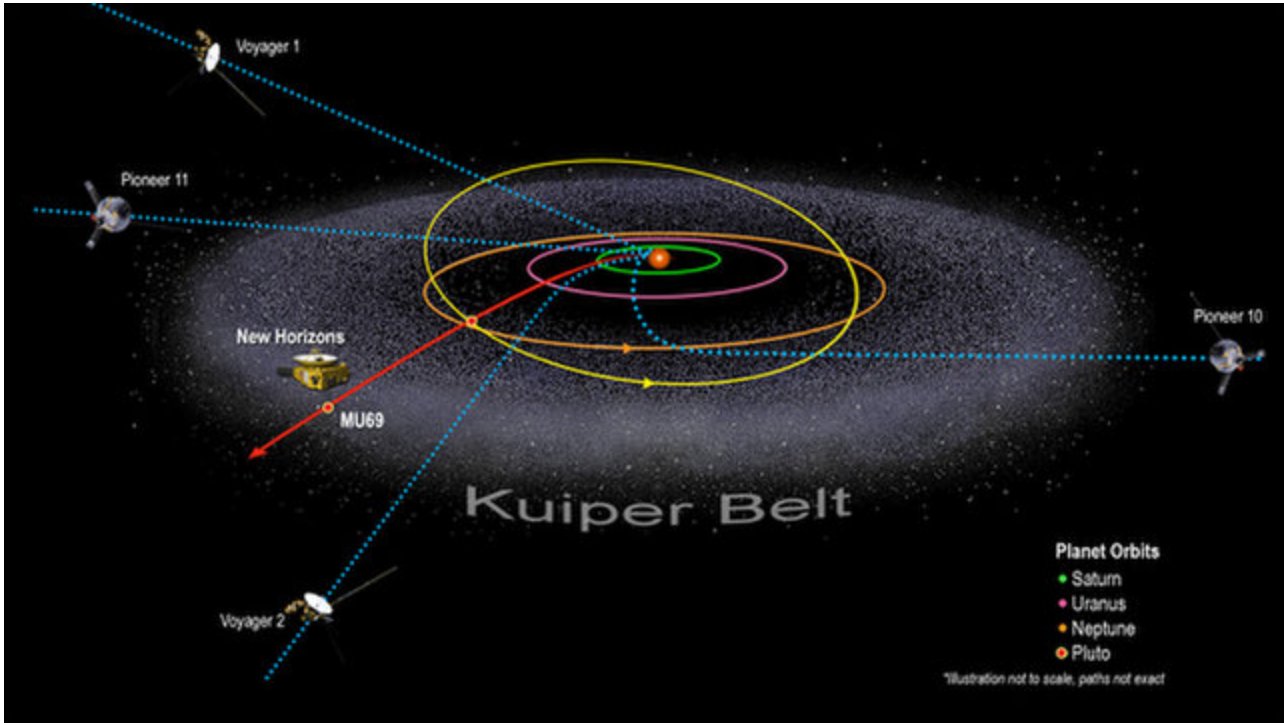Some good news coming this month from space, successes with both manned and unmanned programs along with an interesting new concept for a future space probe. Let’s get started.
First up I’d like to talk about Japan’s Hayabusa 2 space probe that has been studying the asteroid Ryugu, see my posts of 6 January 2018, 30 June 2018, 20 April 2019 and 3 June 2019. Since arriving at the asteroid back in mid 2018 Hayabusa has photographed the asteroid, send down two landers to its surface and even fired a bullet and cannonball at it in order to blast holes that would reveal the asteroid’s internal material. Hayabusa then touched down briefly on Ryugu in order to collect some material from one of the blasted holes.

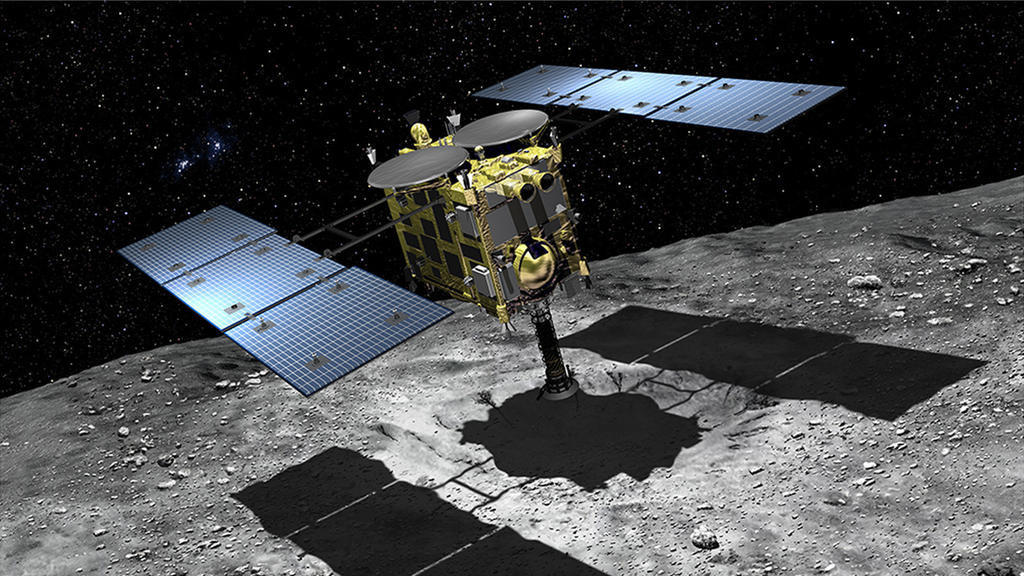
Now Hayabusa has left Ryugu and is on its way back to Earth. In late 2020 the spacecraft will release a canister containing the samples collected from Ryugu that will hopefully enter the atmosphere and touch down in the outback of Australia. Once recovered the material from the asteroid will be studied to reveal some of the secrets of how our Solar System was born.
As for the Hayabusa 2 probe itself, well it will pass by our planet and make an escape maneuver that will send it back out into the Solar System where it may continue to send back data for years to come. Let’s all wish it well.
Another recent event was the successful completion of a pad abort test by Space X’s crewed version of their Dragon capsule. This test is designed to verify the capsule’s ability to quickly yank the astronauts away from the launch pad in the event of a potentially deadly problem with the booster rocket.
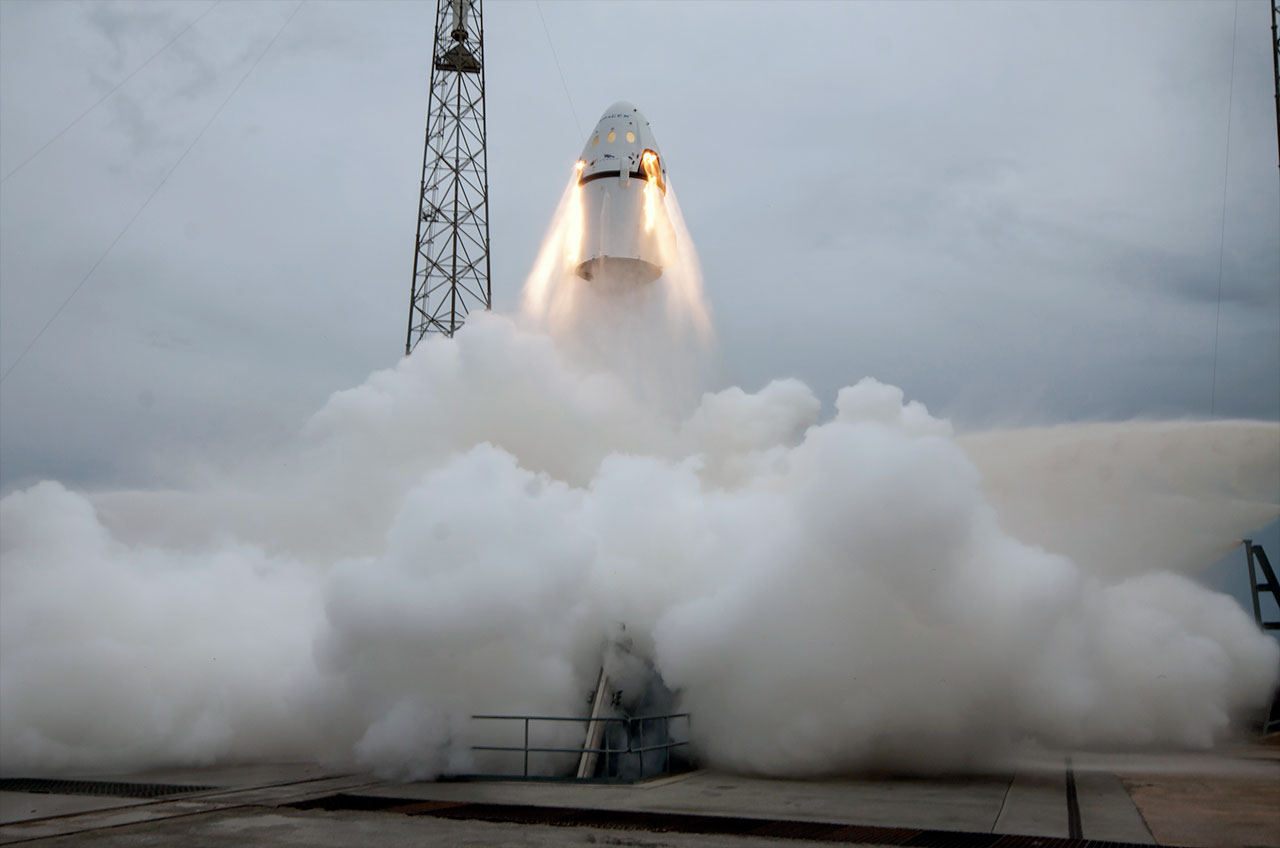
You may recall that back in April a Dragon capsule spectacularly failed this very test, the solid fuel rockets intended to pull the capsule safely away instead triggering a massive fire. This failure led to months of investigation as to the cause of the ‘anomaly’ along with a major redesign of the capsule’s abort system.

That redesign must have done the trick because this time the abort test went off without any problems. That leaves Space X with only the in-flight abort test to pass before a manned mission to the International Space Station (ISS) can be scheduled, hopefully early next year. The competition between Space X and their rival, Boeing’s Starliner capsule is coming down to the wire, which will be the first commercial company to launch astronauts into space? I’ll let you know.

Meanwhile NASA is continuing its ongoing effort to design new space probes for the continued exploration of our Solar System. One place the planetary scientists are very anxious to study is Saturn’s moon Titan. Titan is the only moon in the Solar System to possess a thick atmosphere and although its surface is extremely cold it still has bodies of liquid, liquid methane that is.
In fact Titan has so many different terrains and environments that a single robotic lander of the kind that have been so successful on the Moon or Mars would only be able study one particular type of the environments of Titan. On the other hand sending multiple probes to do a comprehensive study would be far too expensive, so what can the space agency do? Be innovative!
Engineers from NASA’s Innovative Advanced Concepts (NIAC) program have teamed with both Stanford and Cornell Universities in an effort to develop a ‘shape shifting’ robot that can alter its configuration that will allow it to walk on land, or float on liquid methane or even fly through the air. The current design rolls along the ground like a drum but when required the upper half can separate itself and fly on internal propellers. See image below.
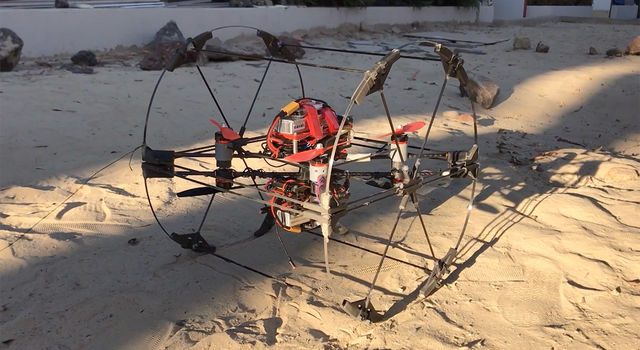
Now the engineers do have one big advantage, Titan itself. You see the atmosphere on Titan is thicker than Earth’s even though the gravity on Titan is less than a third that on our planet. These two conditions will actually make flying easier on Titan.
On the other hand floating on a sea of oily liquid may be a little more difficult. Nevertheless the engineers are hard at work on the problem. The final design will be a modular concept, see image below, with each of its various sections being capable of independent action.
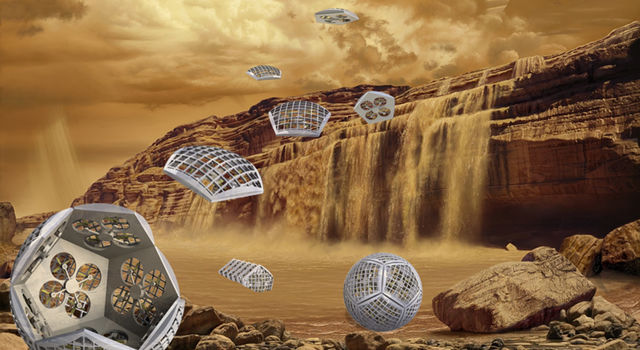
The current schedule calls for a Titan probe to be launched in 2026 with its arrival in 2034 so the engineers at NIAC still have some time to work on their designs. The concept of a shape-shifting robot is only one of the advanced ideas NASA is considering for the space probes of the future, each one more amazing than the last.
One last little item before I go. You should recall that back in January the New Horizons space craft, which had already made the first ever flyby of Pluto in July 2015, successfully made another flyby of the furthest ever object visited by a man made probe. See my posts of 3 January 2019 and 30 January 2019.
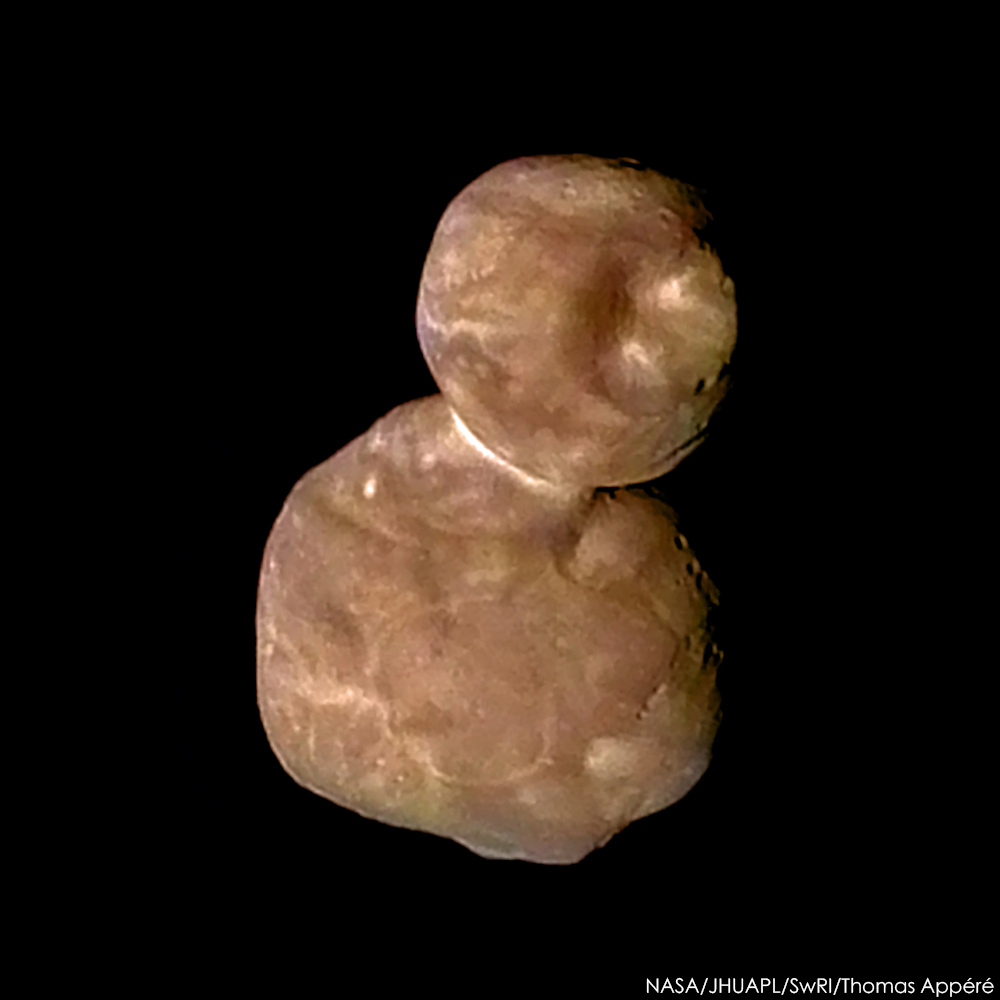
Officially known as 2014 MU69 NASA had given the Kuiper belt object the nickname of Ultima Thule, an ancient Latin name for a mythical far northern land. Now however 2014 MU69 has had that nickname taken away from it for reasons that have nothing to do with science or astronomy.
You see Ultima Thule is also the name that the Nazi gave to their fictitious homeland for the Aryan ‘Master Race’. Just to make things worse, even today there are racist, white supremacists who continue to use that name to support their hate filled rhetoric.
The new name chosen by NASA is Arrokoth, which means sky in the Native American Powhatan language. Arrokoth is certainly a good name, perfect for an object in our Solar System and if it had been the first name chosen for 2014 MU69 I would have applauded the choice. But Ultima Thule is also a good name, a name with an ancient, honourable history. To my mind this is another example of how a small group of horrible people have succeeded in perverting something wonderful into something dark and ugly.


